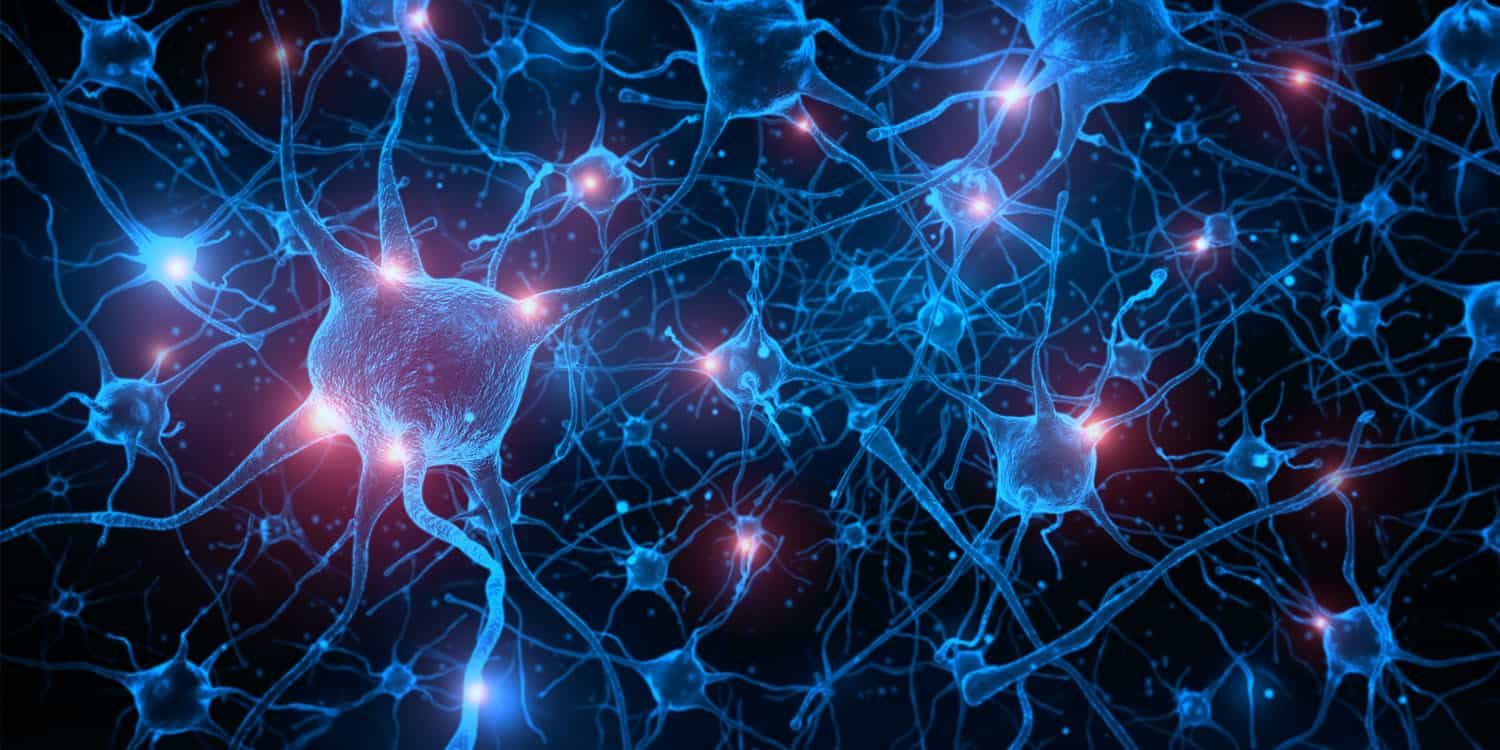In a recent study published in Current Biology, researchers uncovered how the human brain processes the concept of zero, revealing that specific neurons in the medial temporal lobe treat zero as a number rather than a symbol of nothingness. These nerve cells responded to zero in a way that integrates it with other small numbers, like one and two. This discovery sheds new light on how the brain encodes one of the most abstract and important concepts in mathematics.
“We are generally interested in understanding how the brain represents numbers, but zero is a truly unique case. Zero is considered one of the greatest cultural achievements of humankind, integral to numerous breakthroughs in science and mathematics. However, zero is an especially abstract and difficult concept,” explained study authors Florian Mormann and Andreas Nieder, the Lichtenberg Professor of Cognitive and Clinical Neurophysiology at University Hospital Bonn and a professor of animal physiology at the University of Tübingen, respectively.
“It took a long stretch of human history for zero to be recognized and appreciated. Children show a delayed understanding of the concept of zero numerosity, long after they comprehend positive integers. Nonhuman animals, with whom we share a nonverbal quantification system, exhibit rudimentary grasp of zero numerosity.”
“For a brain that has evolved to process sensory stimuli (‘something’), conceiving of empty sets (‘nothing’) as a meaningful category demands high-level abstraction. It requires the ability to represent a concept independently of experience and beyond what is perceived. The brain needs to interpret ‘nothing’ as ‘something,’ as a mathematical object.”
The study involved seventeen participants who were undergoing neurosurgical treatment for epilepsy. These patients had thin electrodes implanted in their medial temporal lobes as part of their pre-surgical preparations. These electrodes allowed the researchers to measure the activity of individual neurons in real-time while the participants performed numerical tasks.
The tasks involved showing the participants numbers between zero and nine, presented in two formats: symbolic (Arabic numerals) and nonsymbolic (sets of dots). In the nonsymbolic format, an empty set of dots represented zero. The participants had to decide whether the numbers presented were even or odd. During this process, the researchers monitored the activity of individual neurons, aiming to find specific neurons that responded to the concept of zero. In a control experiment, nineteen healthy volunteers completed a simplified version of the task to compare behavioral responses between individuals with and without epilepsy.
The researchers found that certain neurons in the medial temporal lobe specifically responded to the concept of zero, either in symbolic or nonsymbolic forms. These neurons showed what is known as a “numerical distance effect,” where they not only responded to zero but also to its neighboring number, one, though more weakly. This demonstrated that the brain does not treat zero as a unique or separate category of “nothingness.” Instead, it integrates zero as part of the broader numerical continuum.
“The key takeaway is that we have neurons in our brain that signal the number zero, even though zero is characterized by a void value and the absence of items to be counted,” Mormann and Nieder told PsyPost. “At the same time, these neurons represent zero like any other countable number by exhibiting their strongest firing for zero and gradually decreasing firing for adjacent numbers. In other words, neurons are tuned to zero, they have zero as their beloved number.”
However, there was a key difference in how neurons processed zero depending on its format. When zero was presented symbolically as a numeral, neurons processed it similarly to other numbers. But when zero was represented nonsymbolically, as an empty set of dots, the neurons took longer to respond. This slower response indicated that the brain requires more time to process nonsymbolic representations of zero, likely because it is a more abstract and less familiar format compared to numerals.
“Neurons encoding empty sets or the Arabic numeral 0 represent empty sets as the smallest quantity on the ‘mental number line’ because they respond most strongly to zero and systematically less to increasingly higher numerosities,” the researchers explained. “This demonstrates the so-called numerical distance effect. Without this neuronal distance effect, neurons would simply represent a ‘nothing’ category, devoid of numerical meaning. However, these zero neurons represent a numerical value smaller than one.”
As with any study, there were limitations. One major limitation was the use of epilepsy patients for the brain recordings. These patients had electrodes implanted in their brains as part of their medical treatment, meaning the researchers couldn’t choose the exact location of the electrodes freely. The placement was determined by clinical needs, not by the requirements of the study.
“The neuron recordings were conducted in patients with pharmacologically intractable epilepsy who had chronic depth electrodes implanted,” Mormann and Nieder noted. “As a result, the electrical activity captured may originate from regions of the brain containing pathological tissue. Furthermore, the placement of recording electrodes in brain regions cannot be chosen freely; it must adhere to clinical requirements and considerations.”
One area for future exploration is exploring whether the concept of zero is processed differently depending on the context or cultural background of the individual. Since zero is a relatively recent development in human history and one of the more challenging concepts for children to grasp, investigating how different educational or cultural experiences influence its neural representation could provide further insights into how the brain adapts to new abstract concepts.
“All our behaviors and mental capabilities arise from the workings of neurons in the brain,” the researchers said. “Our goal is to mechanistically understand how the activity of individual neurons and ensembles of neurons gives rise to counting, arithmetic, and mathematics. This understanding will also be crucial for assisting individuals with specific deficits related to numbers, such as developmental dyscalculia—learning difficulties with numbers—and acalculia, which refers to acquired deficits in calculation following brain injuries.”
The study, “Single-neuron representation of nonsymbolic and symbolic number zero in the human medial temporal lobe,” was authored by Esther F. Kutter, Gert Dehnen, Valeri Borger, Rainer Surges, Andreas Nieder, and Florian Mormann.




